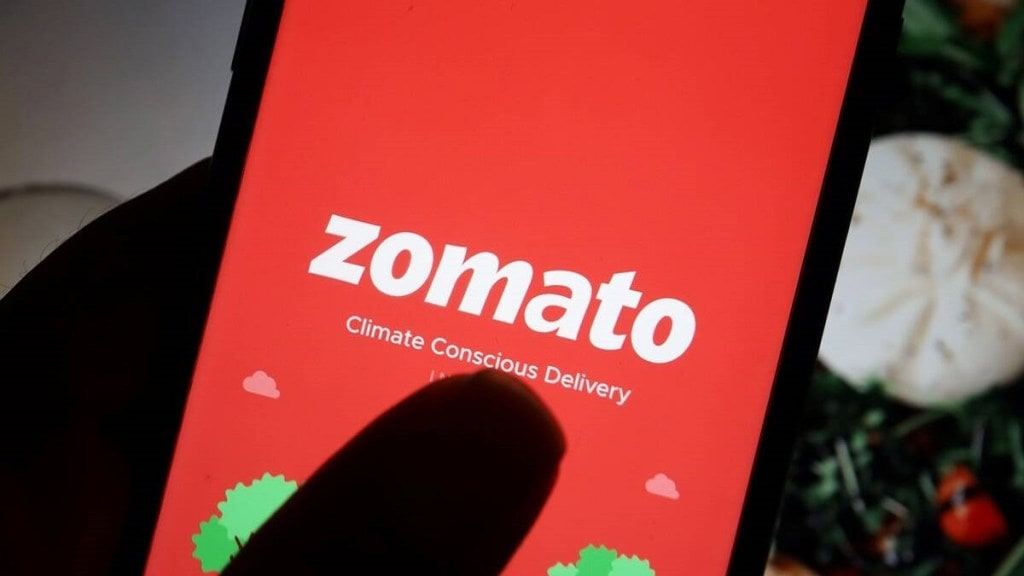Food delivery giant Zomato, which began charging a platform fee last August, has collected Rs 83 crore from this levy by March, as per the company’s annual report. This platform fee is a key driver behind Zomato’s impressive 27% year-on-year revenue growth, reaching Rs 7,792 crore in FY24.
The report attributes the increase in Adjusted Revenue to higher restaurant commission take-rates, improved ad monetization, and the introduction of the platform fee from the second quarter of FY24. These factors have offset reductions in customer delivery charges per order, especially with the free delivery benefit on Gold orders.
Initially set at Rs 2 per order, the platform fee has gradually increased to Rs 6 in key markets. Zomato’s main competitor, Swiggy, also imposes a platform fee on its orders. The adoption and increment of this fee are strategies aimed at enhancing profitability.
Additionally, Zomato’s report highlights intriguing customer behavior patterns: Delhi NCR led in late-night orders, while Bengaluru dominated breakfast orders in the last fiscal year.
What is platform fees and how does it impact revenue?
The platform fee is like a shopping cost on food delivery apps, directly generating revenue for companies like Zomato and Swiggy. Each order incurs this charge, which has been steadily increased to boost the companies’ “take rates” — the profit made per order. This fee is a significant, controllable revenue stream in the supply chain which is directly under companies’ control, making it a major source of revenue alongside advertising fees and restaurant commissions.
For customers, it translates to higher out-of-pocket expenses when ordering food through these platforms.
Zomato recently reported a substantial increase in net profit, reaching Rs 253 crore for the recent quarter, a sharp rise from the Rs 2 crore net profit reported during the same period last year. This base quarter marked the first time Zomato had achieved a quarterly net profit.
Zomato’s revenue saw a nearly 74% year-on-year increase for the June quarter, rising to Rs 4,206 crore from Rs 1,416 crore the previous year. Earnings Before Interest, Tax, Depreciation, and Amortisation (EBITDA) for the quarter were positive at Rs 177 crore, a significant improvement from the EBITDA loss of Rs 48 crore reported in the same period last year.
